Nov 30, 2021
Gorging on Gifu Grub
Aichi Prefecture – and Nagoya in particular – has some of the best of Japanese cuisine. From its miso katsu to its tebasaki to its Taiwan ramen, very few areas in Japan can beat it. But did you know that just across the border in Gifu Prefecture, too, you can find some absolutely amazing and original food?
Whether in Gifu City in the south (only 25 minutes by train from Nagoya), the picturesque mountains to the north, the historic city of Takayama, UNESCO Heritage site of Shirakawa-go, or the onsen resort of Gero; throughout Gifu, you can find some of the freshest produce and enchanting, hearty cuisine.
So, what are you waiting for? Hop that border and check it out!
Hida Beef
Wagyu, or Japanese beef, is world-renowned for its rich and succulent flavor, and Hida-gyu – the name given to the beef from a black-haired Japanese cattle raised in Gifu Prefecture – is one of its premier varieties.
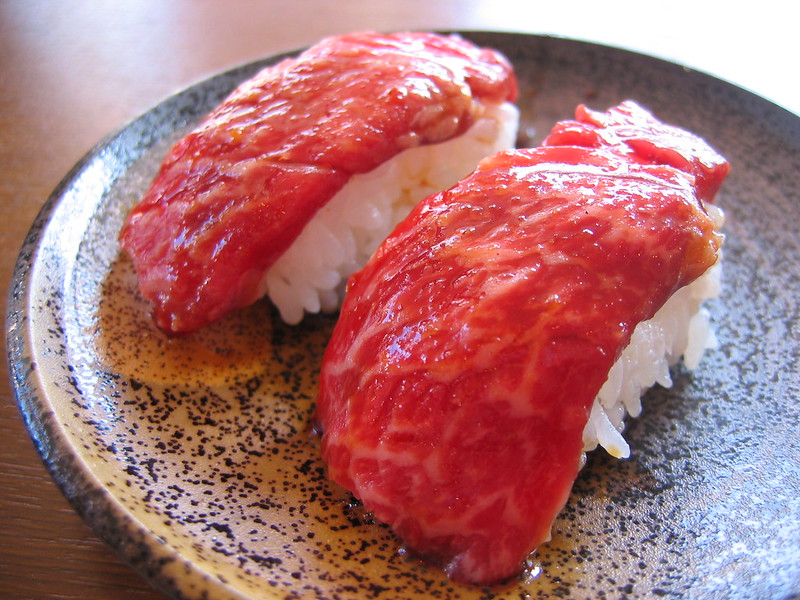
The unique quality of Hida-gyu is its intense and beautiful marbling that gives it the appearance of pale snow and its sweet taste that melts in the mouth. The beef sushi, ideally accompanied with a cold beer, is to absolutely die for.
Keichan
Though it sounds like the name given to the mascot of a Japanese microcar company, keichan is a delicious chicken dish from the towns around Gujo and Gero. Originating in a time when most households kept their own live foul for eggs, when the hens at home stopped laying, the family marinated them in soy and miso or other salty ingredients to make this savory dish.
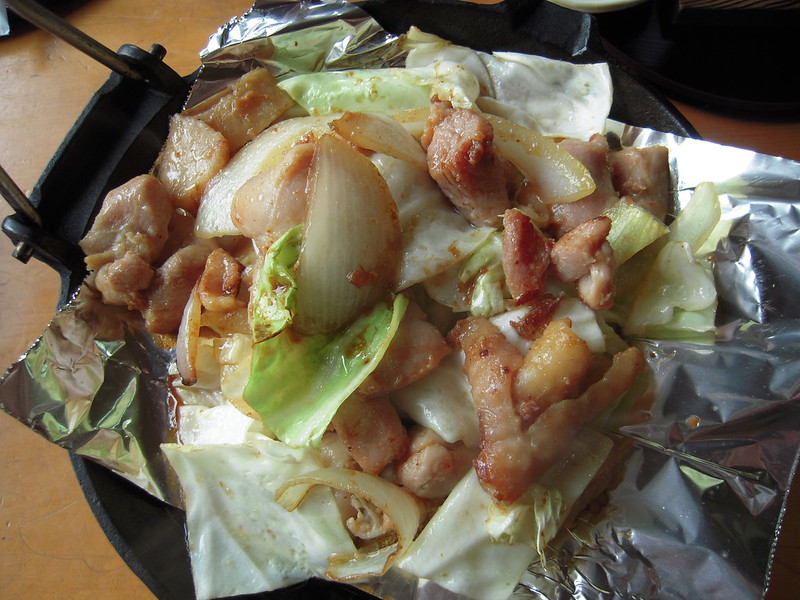
Often enjoyed in the Obon holiday in summer or the New Year’s celebrations, keichan is grilled and served with cabbage, making it both hearty and healthy.
Ayu
Caught from late spring to early autumn, the freshwater ayu lives up to its English name: sweetfish. Only found in the purest of waters, such as Gifu’s Nagara river, ayu was traditionally caught by fishermen using cormorants in a style called ukai (about which you can read here).
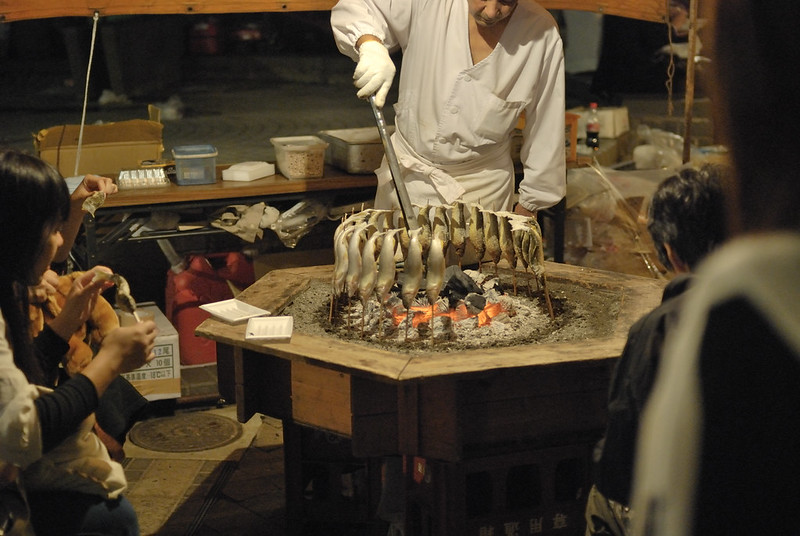
Historically, the emperor would receive the first prize catch of the year directly from the Nagaragawa, and a huge industry built up around the river. Ayu is served in many ways, but it is perhaps best enjoyed grilled on skewers, and they are a staple of the summer festival foods.
Takayama Ramen
Dubbed ‘Little Tokyo,’ Takayama is a beautiful and quaint city in the north of Gifu that draws many tourists to wander its traditional streets every year. Many of those visitors will gorge themselves on the city’s own Takayama ramen.
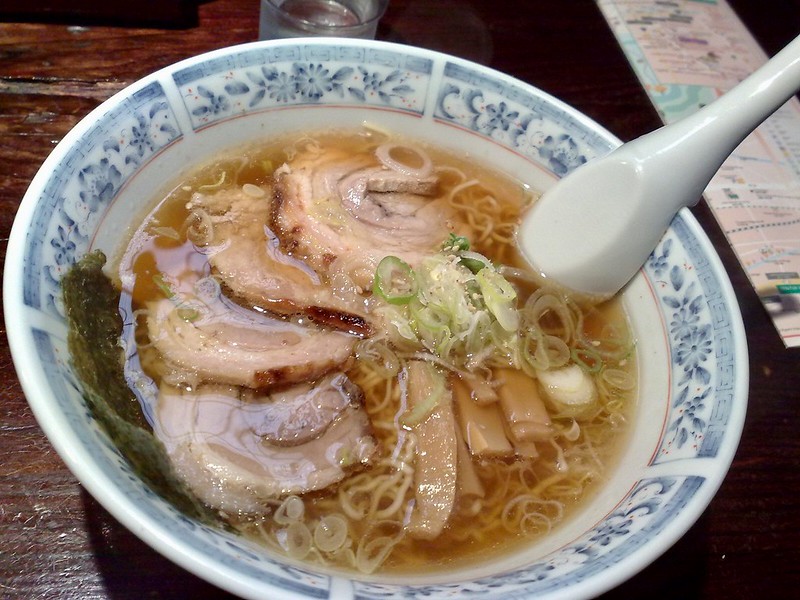
The light and delicate soup is made from chicken bone broth and soy sauce, with the dashi stock enhanced by mirin rice wine. With thin and curly noodles, leeks, grilled pork, and seasoned bamboo shoots, it is one of the most distinctive of Japan’s many ramen flavors.
Kuri Kinton
For Brits, kuri [chestnuts] conjure up either finger-breaking games of conkers or roasting them over open fires in winter, but kuri is an autumn food, especially in sweets for the Japanese. Kuri kinton, meaning chestnut gold mash, is a mixture of chestnut and Japanese sweet potato and symbolizes wealth and prosperity.
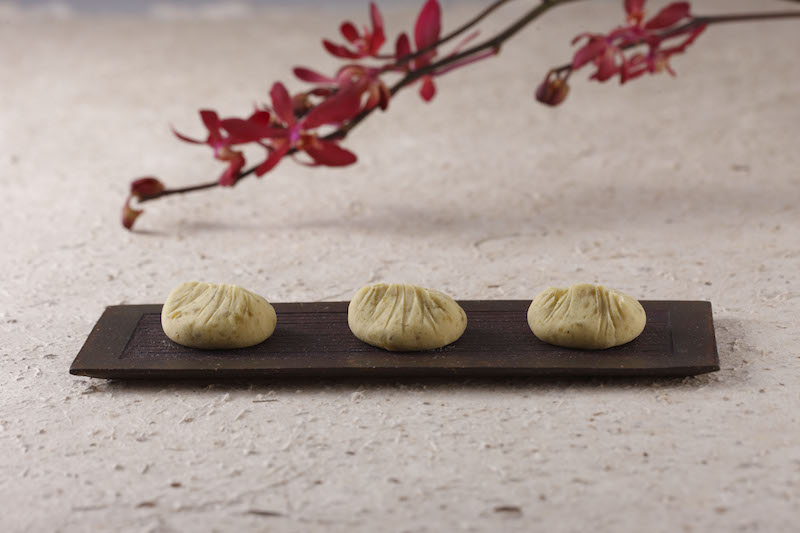
Ena is in southern Gifu and is known throughout Japan as the city of chestnuts, making it the ideal place to get the best kuri kinton.
Gohei Mochi
Believed to have originated as offerings to the gods (or another story is they were invented by a man called Gohei), gohei mochi is a very simple snack. It is a portable dish that workers in the mountains enjoyed.
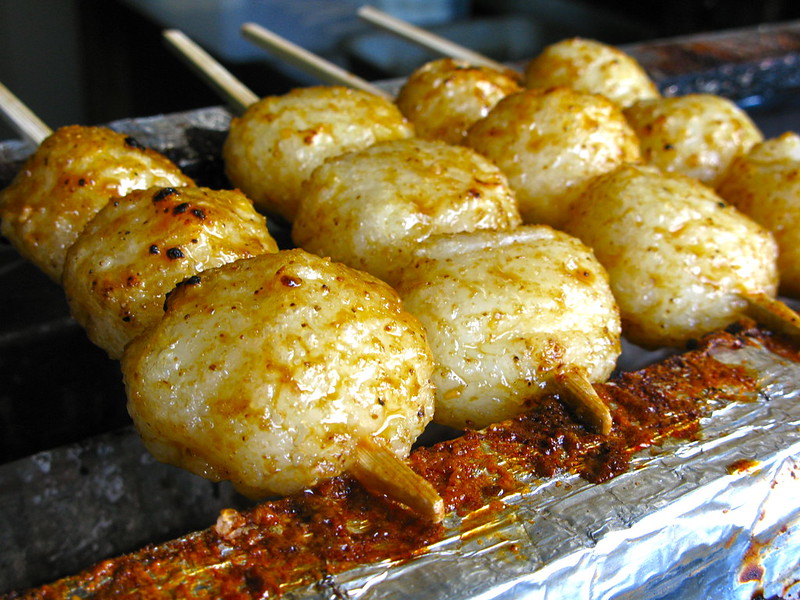
It is made by skewering flat mashed rice and topped with a combination of miso and soy sauce, then grilled to produce a sweet and savory treat.
Image: via https://www.suya.co.jp/
Image: By takamaiko via flickr.com [CC BY-NC-ND 2.0]
Image: By Tamago Moffle via flickr.com [CC BY-NC-ND 2.0]
Image: By open-arms via flickr.com [CC BY-NC-ND 2.0]
Image: By Ervaar Japan via flickr.com [CC BY-NC-ND 2.0]
Image: By eeems via flickr.com [CC BY-NC-ND 2.0]

About the author